Exploring the Metaverse: Creating Digital Assets
Louis Chan, Principal Economist (Global Research) at HKTDC, pointed out that as the market size of the metaverse expands and matures, more and more companies are exploring the possibility of moving their business into the metaverse and doing business by creating an ecosystem with user‑generated content (UGC) to cater to the development of virtual and digital assets as they enter a new era of decentralisation.
Evolution of the Internet
Simeon Woo, Economist (Global Research) at HKTDC, pointed out at the webinar that although the internet only has a short history of a few decades, the rapid development of technology has spurred its continual evolution from Web 1.0 to Web 3.0 with tremendous breakthroughs in online data processing, content, interaction, advertising, access medium and technologies, greatly changing the internet ecosystem and user experience.
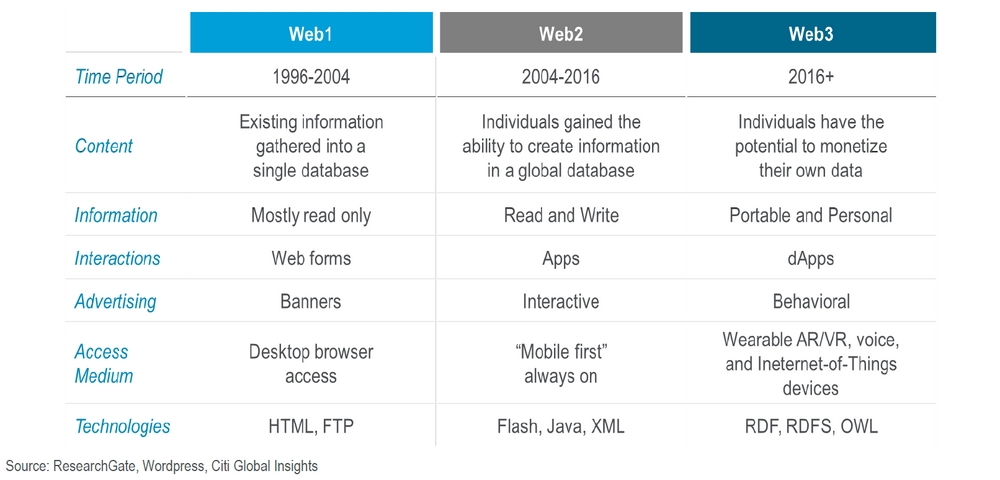
Technology has greatly changed the internet ecosystem and user experience.
Web 1.0 refers to the era before the birth of online social platforms. Most users are content consumers – they read text and graphic content online in a one‑way reception mode with minimal interaction. The rise of social platforms in the millennium era has propelled the internet to Web 2.0, with social platforms providing some simple and easy‑to‑use tools for users to create content and share information online. This not only increased interaction but also boosted advertising revenue.
Expanding on this, Woo said: “In the Web 2.0 era, social platforms would request access to user information for conversion into big data for pushing advertisements, with the question of data ownership arising in the process. Web 3.0 is a concept based on blockchain technology. This next‑generation web of blockchain, artificial intelligence (AI) and cryptocurrency makes decentralisation possible. In Web 3.0, user information is no longer stored in a fixed location but is decentralised through blockchains. The concept is when content creators and users are connected, social media are no longer needed as intermediaries and user data are no longer controlled by social media. Thus, in Web 3.0, users not only have full protection of their privacy but also have greater ownership of their digital assets.”
Using online games as an example, Woo pointed out that game items bought by users in Web 2.0 were tied to user accounts. If the game were deleted or the user stopped playing, the money spent on the game would lose its value. But as Woo explained: “If the user plays online games on Web 3.0, these digital assets will continue their existence in the form of non‑fungible tokens (NFTs) and may even be resold. Not even game developers can take away the digital assets of users. Identity authentication under Web 3.0 also gives users greater autonomy.”
Focus on Web 3.0
Outlining how the principle of decentralisation is made possible by “trustlessness” and “permissionlessness”, Woo explained: “Trustlessness in Web 3.0 permits direct interaction between players and the trust of intermediaries is no longer needed. Permissionlessness means anyone can take part in Web 3.0 activities without the permission of the governing body. This is conducive to the creation of a more level playing field, with users able to have their own identity, data and assets. Freedom of interaction among users means they can transfer crypto assets at any time, which creates the need for decentralised apps [dapps].”
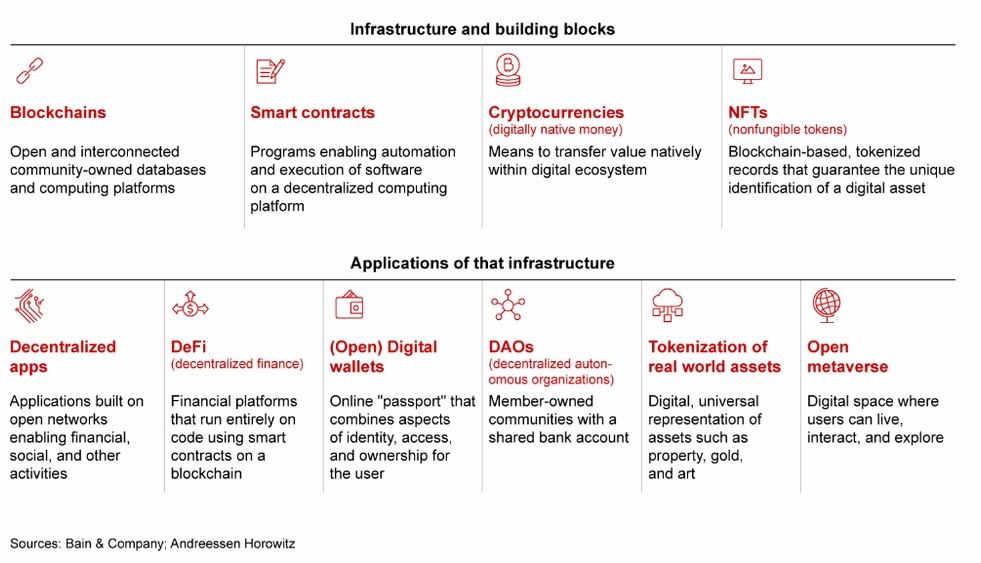
New concepts and tools of Web 3.0.
Woo pointed out that with the gradual maturity of AI, blockchain and other technologies, investment in Web 3.0 has been growing although is still in its embryonic stage. Some studies pointed out that the market size of Web 3.0 will soar to US$81.5 billion by 2030 from just $3.2 billion in 2021.
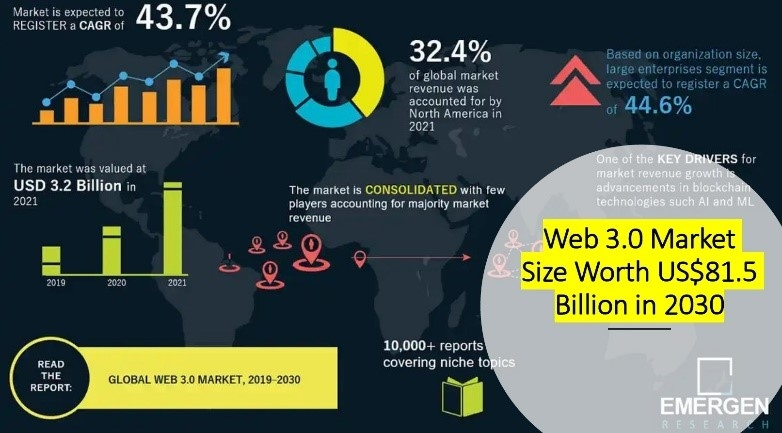
Market size of Web 3.0 is projected to increase to US$81.5 billion by 2030 from $3.2 billion in 2021.
On the biggest difference between Web 3.0 and the metaverse, Woo explained: “Web 3.0 as the next‑generation internet focuses on decentralisation, which allows users to control and own the content and assets they created. The metaverse, as the virtual web of the future combining virtual reality and 3D spaces, allows for interaction between the real world and the virtual world. One may say that the metaverse is based on Web 3.0 and the decentralised nature of the metaverse makes transactions and services more convenient.”
Play to Earn
Buying virtual land in the metaverse has become popular. The Sandbox, a subsidiary of local start‑up Animoca Brands, allows users to own land in the form of NFTs in play‑to‑earn games. Free software such as VoxEdit and Game Maker allows users to create their own games and “make money”, and even sell these digital assets and convert them into cryptocurrencies. Erich Wong, The Sandbox’s Head of Growth Hong Kong, said it was an open metaverse where all kinds of virtual currencies and assets could circulate freely. Users own the rights to their created content and can convert these digital assets into NFTs to host functions or produce new games. Players can play games, experience brands and enjoy concerts, etc., in this open metaverse even if they did not create the games or hold the brands. Expanding on its success, Wong said: “More than 400 IPs and brands worldwide have joined The Sandbox’s metaverse platform. They are forging the partnership not just to buy virtual assets but they are also looking to reach out to target customers through its development, construction and activities.”
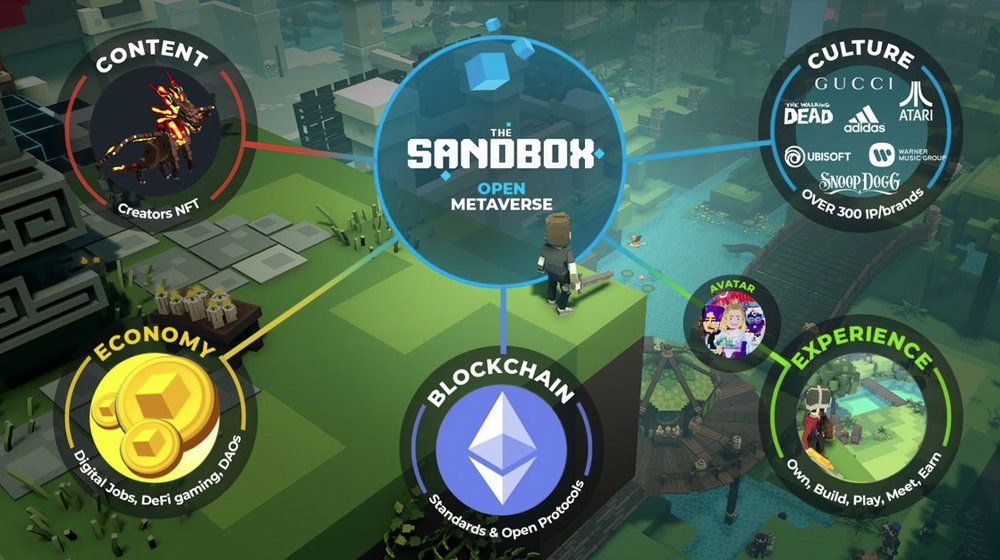
Creating the user‑generated content platform is of great importance in the creation of digital assets.
The Sandbox has attracted partners from banks and big institutions, with annual “land sale revenue” amounting to HK$2.7 billion, and every piece of virtual land sold in the form of NFTs. “Many people asked us how to buy ‘land’ from The Sandbox. Actually our ‘land’ is very limited. We only have 166,464 plots, 70% of which are already sold and the remainder will be sold in public offers in the near future. Our ‘land’ holders come from diverse sectors, such as fashion brands, banks, telecoms operators and hotels. They have organised all kinds of functions on The Sandbox and offered a diverse experience to clients since becoming our partners. Crossovers between these brands and IPs can support the organic growth of the massive and fast‑growing metaverse community.”
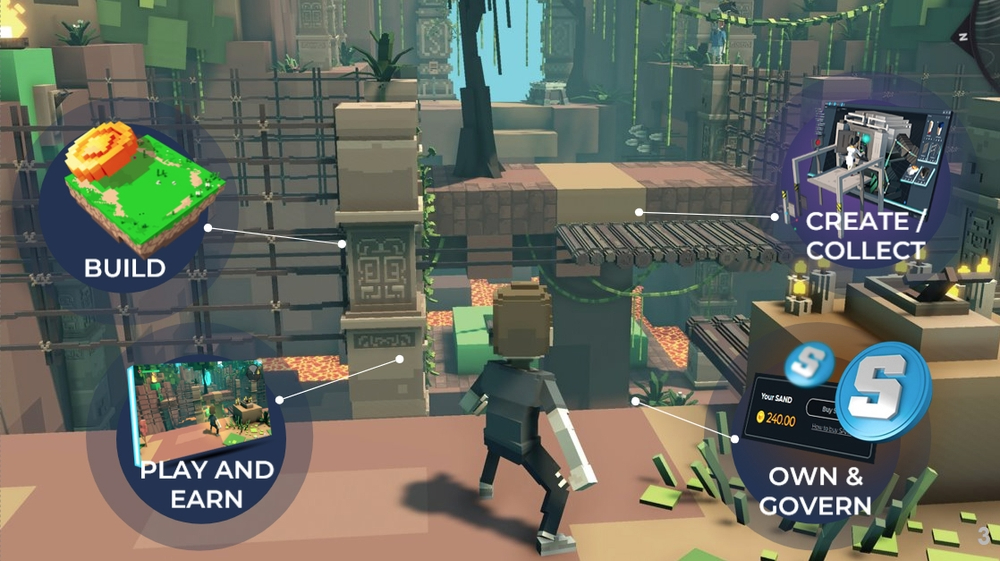
Sandbox users can use digital assets and even NFTs for cross‑game consumption, and may even be used for cross‑platform consumption in the future.
Content is an Asset
Wong emphasised in particular that although only “land” owners can sell content, content creation on The Sandbox does not necessarily have to involve “land”. He explained: “When users play games, the time and money they spent, even the props they purchased, belong to the users themselves. They can use these ‘assets’ and NFTs for cross‑game activities and may even extend usage across platforms.” Another point worthy of attention is digital identity recognition in the metaverse – users can actually target a specific customer segment and work with different brands when creating content.
Explaining the importance of the metaverse for the future development of online experiment, Wong said: “We hope to grow with users in the present stage of early development, including providing users with a shared platform where they can create on the computer without depending on powerful hardware. On the level of creation, we hope users can take a simple first step forward. We will organise more activities and work with more brands to this end.”























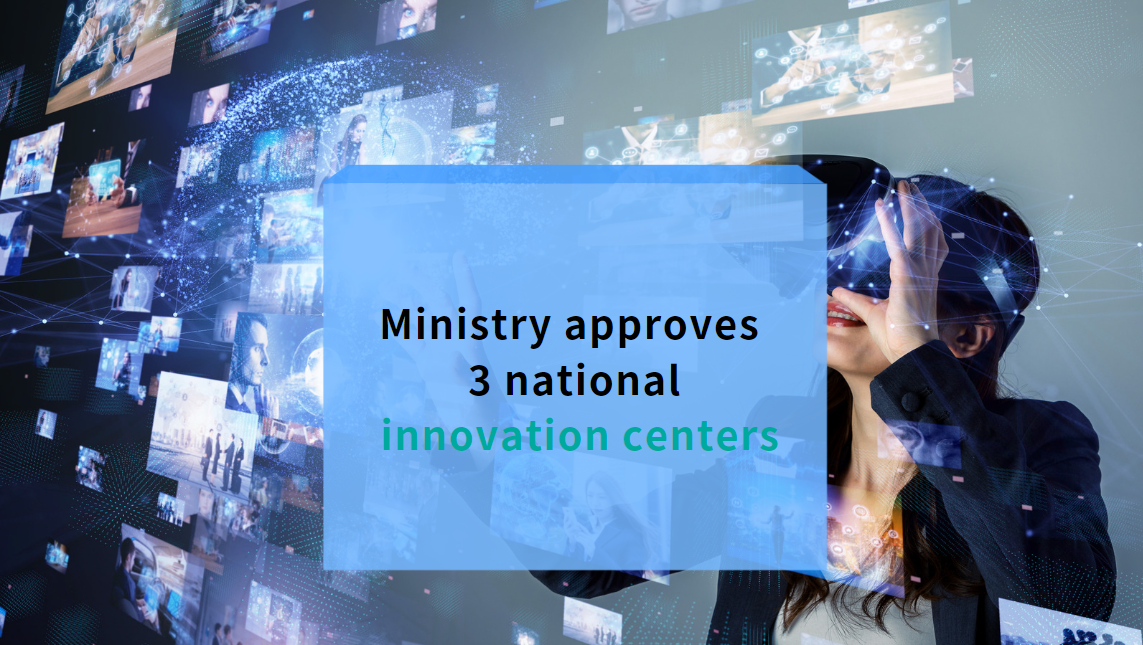
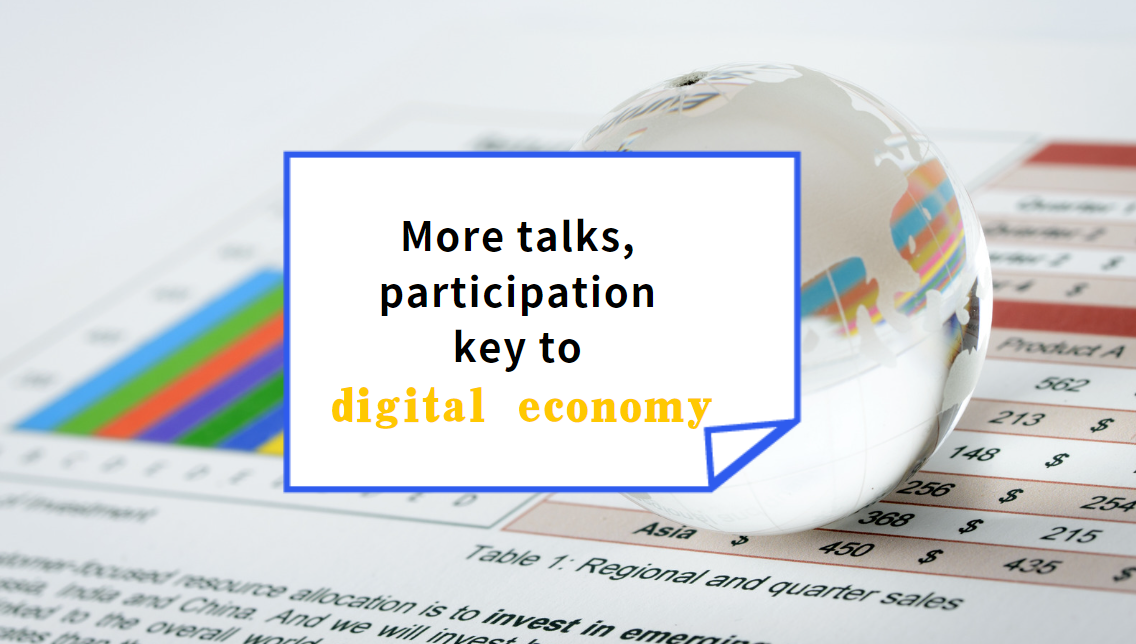




























First, please LoginComment After ~